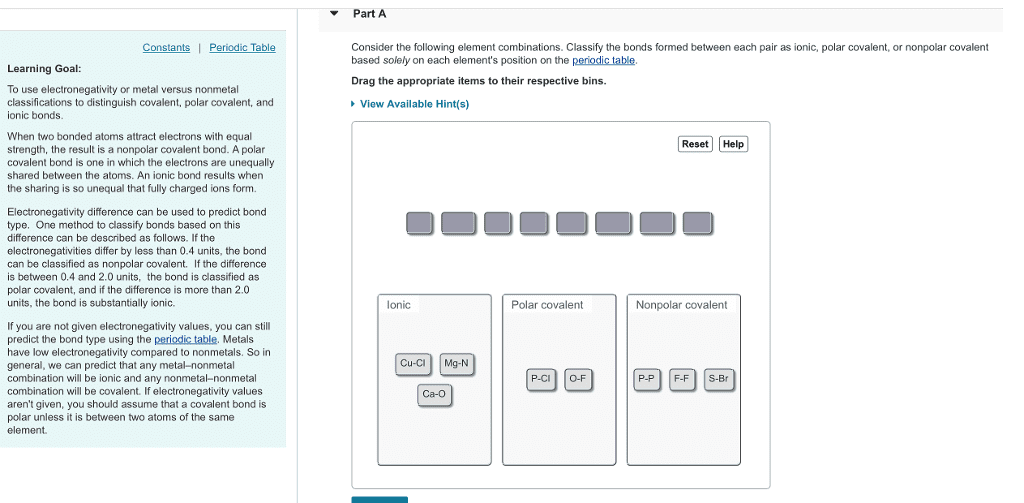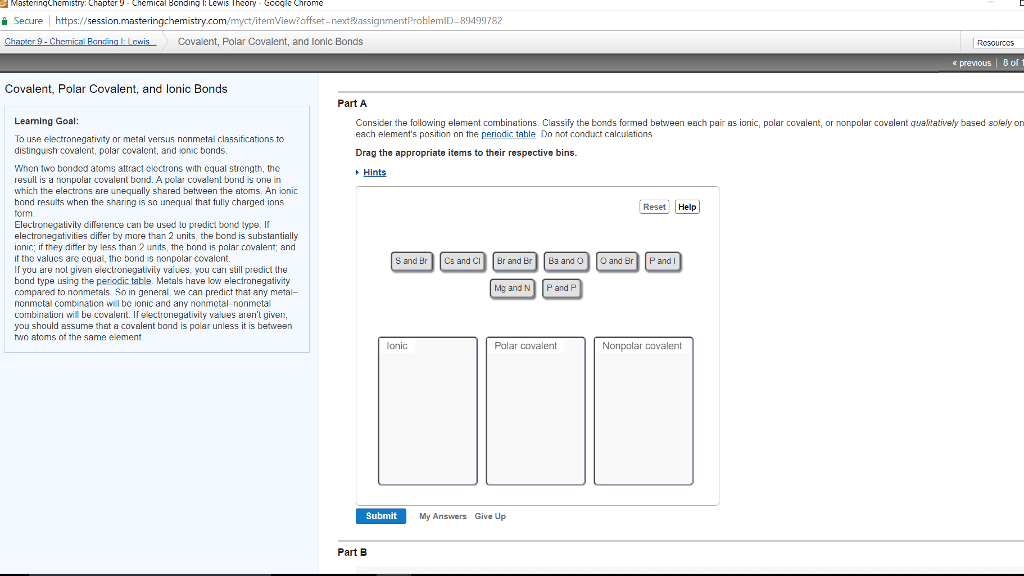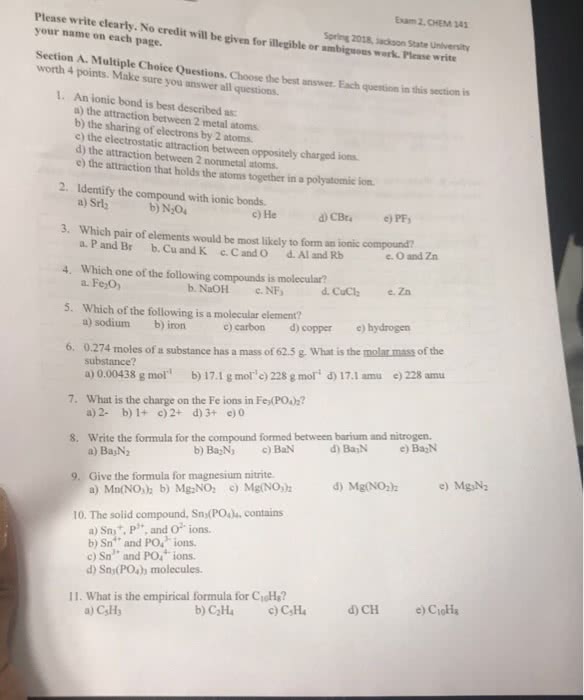BIOC 1303 Study Guide - Midterm Guide: Vsepr Theory, Noble Gas, Lone Pair

Organic and Biology Chemistry for Health Sciences - Chapter Definitions
Week One: Chapter 5 Compounds and Their Bonds
Anion: A negatively charged ion (ie. Cl-)
Bent: The shape of a molecule with two bonded atoms and two lone pairs (ie. H20)
Cations: A positively charged ion. (ie. Na+)
Covalent Bond: A bond created by the sharing of valence electrons.
Covalent Compound: A combination of atoms in which noble gas configurations are attained by
sharing electrons.
Dipole: A pair of equal and oppositely charged or magnetized poles separated by a distance.
Dipole-Dipole Attractions: Attractive forces between oppositely charged ends of polar
molecules.
Double Bond: A sharing of two pairs of electrons by two atoms
Electronegativity Value: The relative ability of an element to attract electrons in a bond.
Formula: The group of symbols and subscripts that represent the atoms or ions in a compound.
Ion: Atom(s) having an electrical charge because of a loss or gain of electrons.
Ionic Charge: The difference between the number of protons and number of electrons.
Molecule: The smallest unit of two or more atoms held together by covalent bonds.
Non-Polar Covalent Bond: A covalent bond in which the electrons are shared equally.
Nonpolar Molecule: A molecule that has only nonpolar bonds or in which the dipoles cancel.
Octet Rule: Elements in groups 1A-7A (1,2,13-17) react with other elements by forming ionic or
covalent bonds to produce a noble gas configuration.
Polar Covalent Bond: A covalent bond in which the elements are shared unequally between
atoms.
Polar Molecule: A molecule containing dipoles that do not cancel.
Polyatomic Ion: A group of covalently bonded non metal atoms that has an overall electrical
find more resources at oneclass.com
find more resources at oneclass.com
Document Summary
Organic and biology chemistry for health sciences - Week one: chapter 5 compounds and their bonds. Bent: the shape of a molecule with two bonded atoms and two lone pairs (ie. h20) Covalent bond: a bond created by the sharing of valence electrons. Covalent compound: a combination of atoms in which noble gas configurations are attained by sharing electrons. Dipole: a pair of equal and oppositely charged or magnetized poles separated by a distance. Dipole-dipole attractions: attractive forces between oppositely charged ends of polar molecules. Double bond: a sharing of two pairs of electrons by two atoms. Electronegativity value: the relative ability of an element to attract electrons in a bond. Formula: the group of symbols and subscripts that represent the atoms or ions in a compound. Ion: atom(s) having an electrical charge because of a loss or gain of electrons. Ionic charge: the difference between the number of protons and number of electrons.



